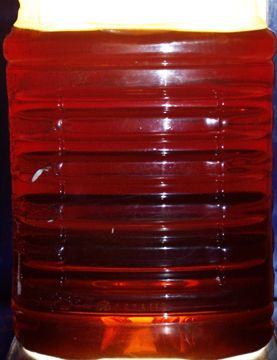Babataku, you need to closely monitor the temperature to know at what stage your distillation is at. I have been distilling WMO for a few weeks now. I find my unit takes about 4 hours to extract the full load, so you may not have waited long. What did you find in the retort when you were done? You might find this forum on distilling WMO of more help:
http://beyondbiodiesel.org/forum/index.php?board=19.0
http://beyondbiodiesel.org/forum/index.php?board=19.0






Comment